Brachiating. A.K.A: The Dead Hang
Benefits of the Dead Hang for Rehabilitation
According to Dr. Kirsch, the hang is good for people with shoulder impingement and even rotator cuff injuries. Here’s why:
Apart from stretching the brachial arteries, the hang also stretches and strengthens the supraspinatus tendon. This is the tendon that’s mainly responsible for shoulder strength, mobility, and endurance.
Athletes with shoulder impingement syndrome suffer from painful entrapment of soft tissue whenever they elevate the arm. The pathological mechanism is a structural narrowing in the subacromial space. When you raise your arms forward, the supraspinatus tendon gets pinched between the coracoacromial arch and the humeral head and greater tuberosity of the humerus. That’s where the pinching sensation comes from when you try to raise an injured or compromised shoulder.
When the arms are raised straight up as in the dead hang, the humerus presses into the acromion (a bony extension of the shoulder blade). This gives the tendon room to move and stretch without getting pinched. This allows you to exercise, stretch, and reshape this tendon and the surrounding muscles and bones improving mobility while reducing pain
The more you do the dead hang or brachiating, the better and stronger your shoulders will be. It opens up the shoulder muscles and increases their range of motion. This means you can now flex your shoulders across a larger radius, without it feeling like a struggle.


